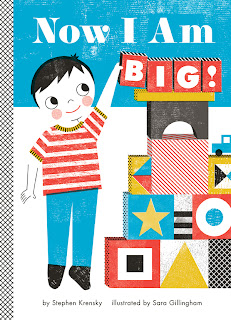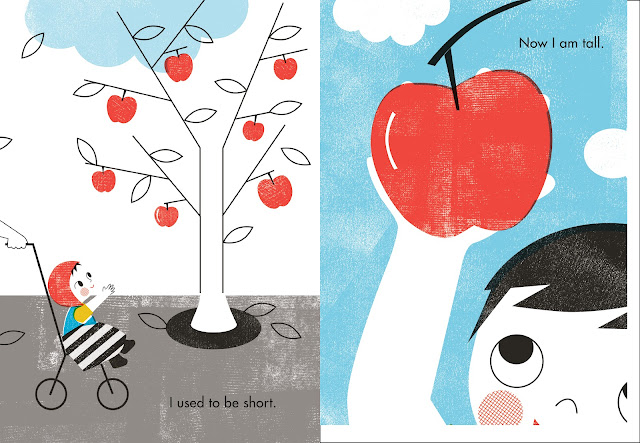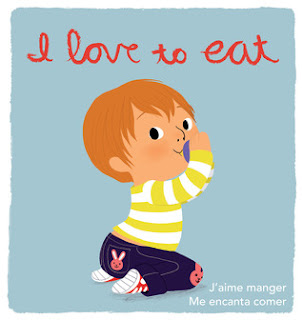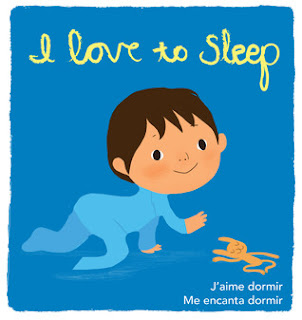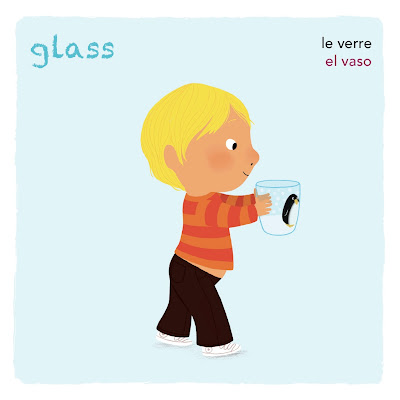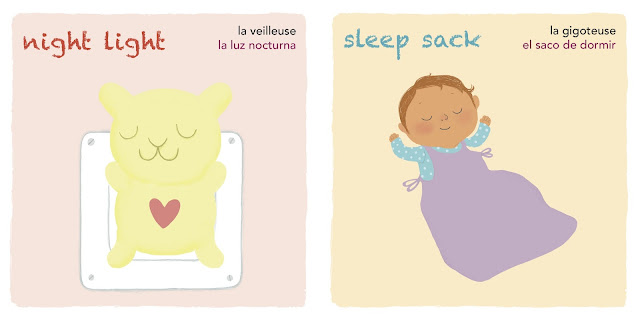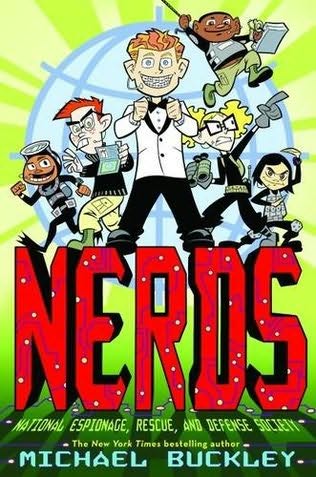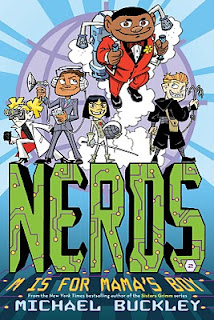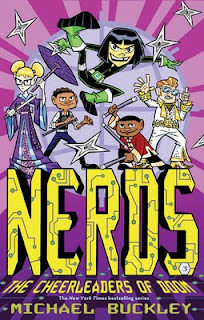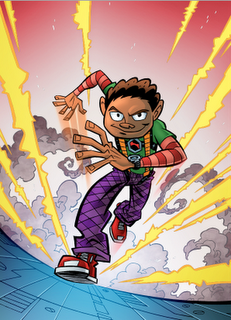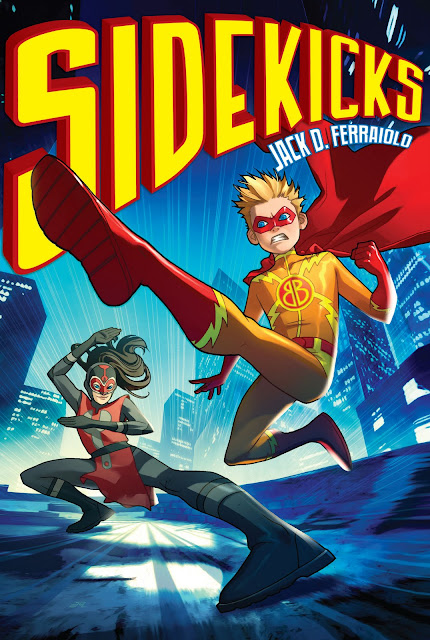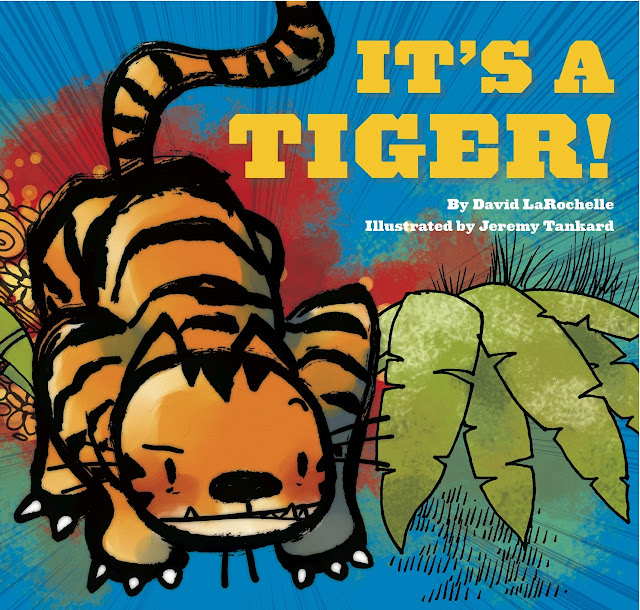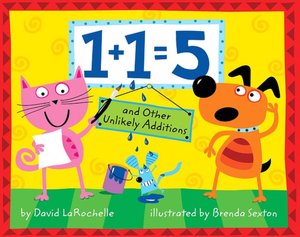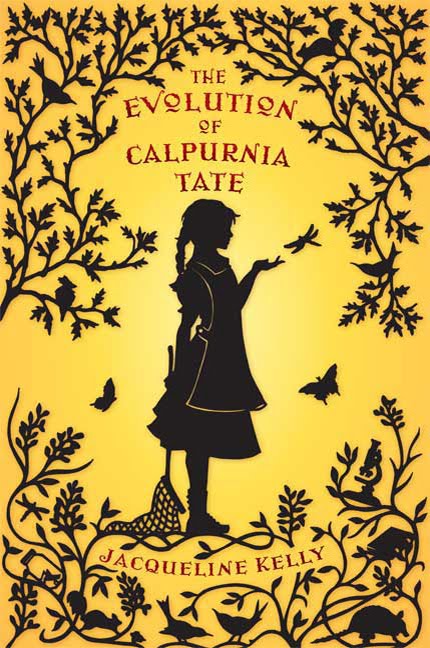

I as intrigued by Victoria Forester's The Girl Who Could Fly the first time I saw Kevin Hawke's haunting cover art, at left. When the paperback edition with Jason Chan's markedly different but equally enthralling cover art arrived, I knew I had to bump this book up to the top of my TBR pile. I tried more than once to get hooked by this book and just couldn't get past the hokey, drawling dialect of the narrator as the life of the girl who could fly was unveiled. Born in Lowland Country, Piper McCloud was the late-in-life, only child of Betty and Joe McCloud, farmers who believed in doing things the way they have always been done and tolerating no deviance when it occurred. Piper, however, is one massive deviation from the norm. Not only do women not give birth at Betty's age, but Piper seemed be unusually rambunctious. Buoyant both literally and figuratively, Piper finds that she can fly. Her thoughts seem to fly as well, and she is always sharing her crazy ideas (do cows have feelings and if so, is it wrong to eat them?) with her parents, much to their distress. However, some fifty pages into the story, Piper, who has been home schooled and kept away from her peers because of her differences, gets to go to the Fourth of July Picnic where she unwittingly lets her freak flag fly and the story really takes flight.
After the rest of the town sees Piper shoot up into the air to catch a fly ball, her secret is out and government agents are rolling up in their black SUVs with tinted windows. Just before her life changes forever, Piper hears a disembodied voice in her room offering to help her. The hoopla outside distracts her and the source of the voice is lost in the hubbub as the McClouds learn that there is a place for children like Piper and the sleek, beautiful Dr Letitia Hellion wants to take her there. I'm a widely read adult, so I knew right away (ok - Jason Chan's cover cued me in as well) that Dr Hellion has no intentions of improving Piper's quality of life. My adult-reader-mind also knew that Dr Hellion had some kind of secret, probably from childhood, that drove her to do what she did. And what did she do? Dr Hellion founded and ran the Institute of Normalcy, Stability, And Non-Exceptionality or I.N.S.A.N.E. in this, Forester has created a compelling, very visual setting. A small shack in the mountains, the institute actually is made up of thirteen underground floors, each dedicated to a different aspect of dealing with that which threatens the normalcy and stability of the world. Piper sees none of this as she takes the elevator ride down thirteen levels to the tiered level where the children live, learn and play. Entranced by Dr Hellion and convinced by her that flying is hurtful to those around her, Piper is excited to finally be with other children and attending school. She quickly learns that her "classmates" have special abilities of their own, from speed, strength and telekinesis to the ability to shrink, control the weather and electricity and, in Conrad Harrington III, extreme intelligence. Conrad quickly positions himself as Piper's nemesis and makes her life as miserable as possible, finally almost getting her expelled from the institute when he forces her to use her flying abilities or die.
At this point in the book, I was not sure where Forester was going with her story but I was on board and along for the ride, wherever it went. While the friction between Piper and Conrad makes for some great scenes, the real tension arises when Conrad reveals his reasons for being so cruel.
*******QUASI-SPOILER ALERT****QUASI-SPOILER ALERT*********
Conrad, being the braniac that he is, has figured out that Dr Hellion is drugging the children in an attempt to make them docile and uninterested in using their special talents. She is doing everything short of torture to make then normal, stabile, and non-exceptional. She also has floors and floors full of animals and plants who she is torturing into submission. Piper learns this inadvertently and from that moment on she and Conrad spend their time planning the children's escape. When that goes awry, Piper is submitted to a hideous form of torture in a device the resembles a giant cookie cutter, which takes a bit of the edge off the horrific nature of Dr Hellion's device. This scene struck me as only a few notches below the scene in The Golden Compass when Lyra realizes that Mrs Coulter is separating children and their dæmons, in terms of adults treating children like objects to be experimented on. It takes weeks and weeks for Piper to be "rehabilitated" and returned to her classmates, but eventually she is. Her mind has been wiped clean and her legs have been mangled so that she has to walk with canes. Her classmates are devastated to realize that Piper can no longer be looked to as a leader, as they have been waiting for her return so that they can begin planning their escape again. It is Piper's broken state that rouses Jasper, the one child who's special power is unknown, to remember that he has the power to heal. The kids unite and kick the adults out of the institute then take the elevator up to see the sun and breathe fresh air for the first time in months. Dr Hellion is waiting and a fight ensues and her own special power is revealed. However, unwilling to rejoice in her difference, she instead falls to her death over the icy mountains seen on the cover of the book.
The final part of the book finds Piper back home with her parents and Conrad living in her spare bedroom, his father and mother having renounced him. The other kids have all found jobs living out their dreams, dreams that Piper encouraged them to foster while they were in the institute together. They all come together at the McCloud farm to celebrate the fourth of July and, as a baseball team headed up by Conrad, they put the other team to shame. A final aspect of the book that I found very refreshing was how Forester chose to tie up the loose end that is the disembodied voice in Piper's room from the start of the story. The voice, named J., shows up at the institute just after Piper has been placed in the giant cookie cutter and begins to help her to escape. Piper refuses to leave without the rest of the kids and J. is forced to leave, telling her he will find a way to return and rescue them all. J. finds Piper at the end of the book and tells her that there is a secret place where she and the other kids can go and fit in and be safe. He also shares more information with her, although we are left to guess what it is, knowing only that Piper found it too weighty to share even with Conrad. Forester drops enough clues about J. and Letitia Hellion to suggest a link, but, like Conrad, she ultimately leaves the reader to connect the dots on his or her own, and I like that!
Any reader, girls especially, with a taste for fantasy, will love The Girl Who Could Fly.
Readers who liked this book might also enjoy:
drizzle by Kathleen Van Cleve
Savvy by Ingrid Law
Source: Purchased
The final part of the book finds Piper back home with her parents and Conrad living in her spare bedroom, his father and mother having renounced him. The other kids have all found jobs living out their dreams, dreams that Piper encouraged them to foster while they were in the institute together. They all come together at the McCloud farm to celebrate the fourth of July and, as a baseball team headed up by Conrad, they put the other team to shame. A final aspect of the book that I found very refreshing was how Forester chose to tie up the loose end that is the disembodied voice in Piper's room from the start of the story. The voice, named J., shows up at the institute just after Piper has been placed in the giant cookie cutter and begins to help her to escape. Piper refuses to leave without the rest of the kids and J. is forced to leave, telling her he will find a way to return and rescue them all. J. finds Piper at the end of the book and tells her that there is a secret place where she and the other kids can go and fit in and be safe. He also shares more information with her, although we are left to guess what it is, knowing only that Piper found it too weighty to share even with Conrad. Forester drops enough clues about J. and Letitia Hellion to suggest a link, but, like Conrad, she ultimately leaves the reader to connect the dots on his or her own, and I like that!
Any reader, girls especially, with a taste for fantasy, will love The Girl Who Could Fly.
Readers who liked this book might also enjoy:
drizzle by Kathleen Van Cleve
Savvy by Ingrid Law
Source: Purchased
